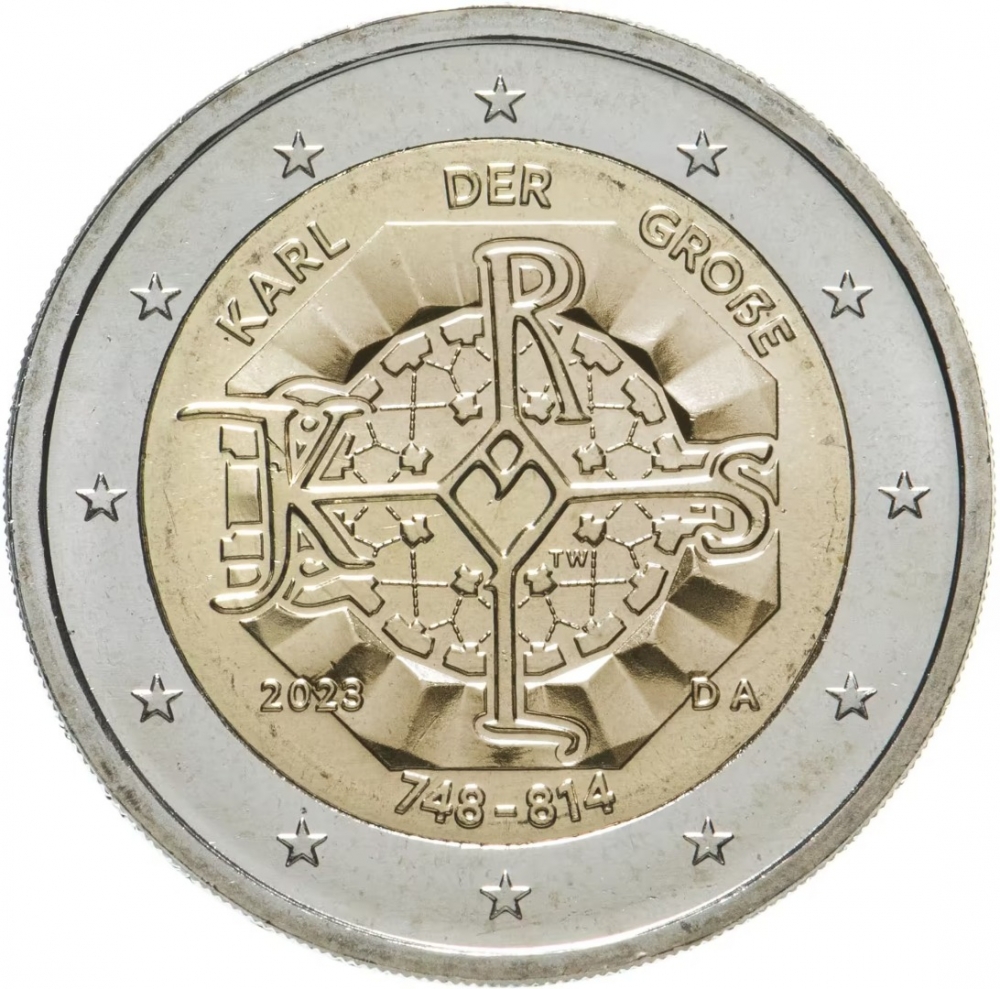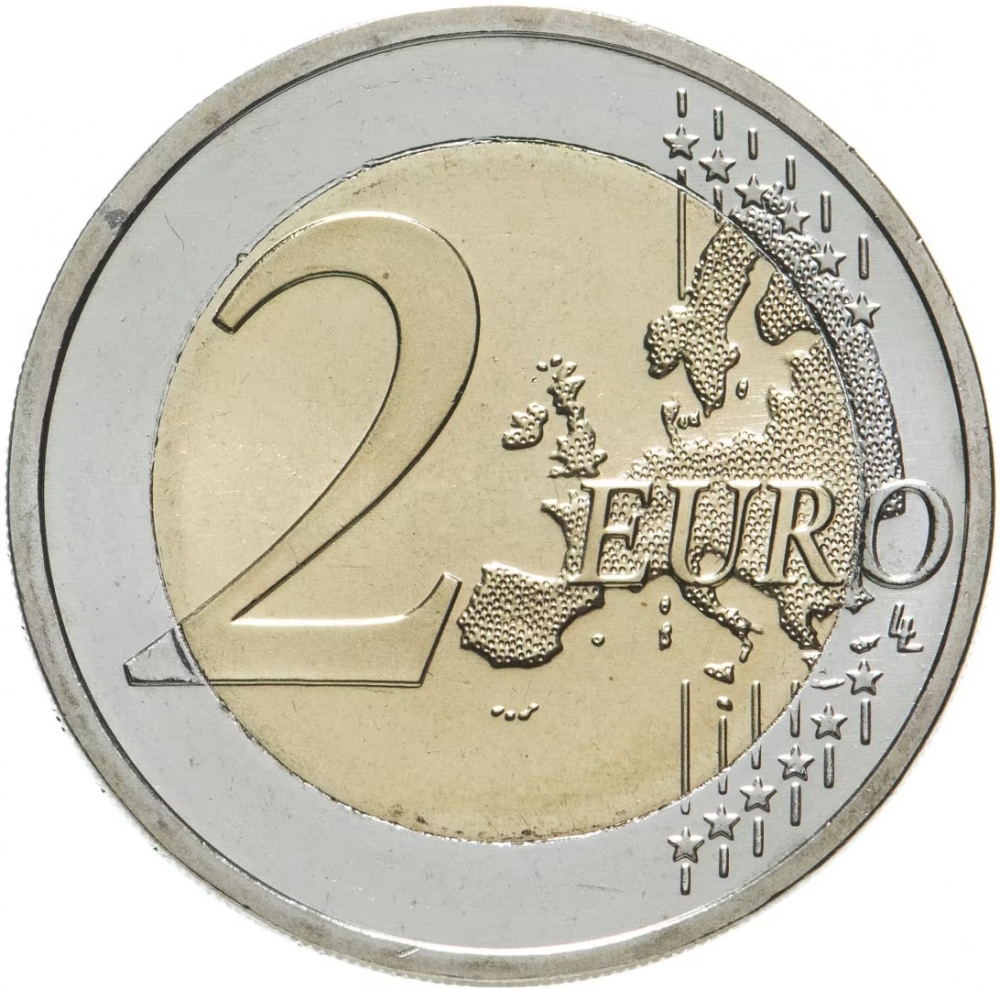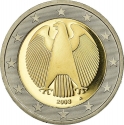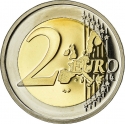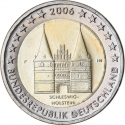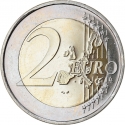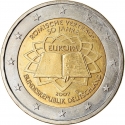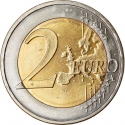You are about to finish your registration. Please check your mailbox (including spam folder). There should be a letter with a confirmation link. Check setting to make sure that your e-mail address is correct.
Send letter againDescription
Charlemagne or Charles the Great (742/747/748–814), numbered Charles I, was the King of the Franks from 768, King of the Lombards from 774 and Emperor of the Romans from 800. He united much of Europe during the early Middle Ages. He was the first recognised emperor in western Europe since the fall of the Western Roman Empire three centuries earlier. The expanded Frankish state which Charlemagne founded was called the Carolingian Empire.
Charlemagne has been called the "Father of Europe" (Pater Europae), as he united most of Western Europe for the first time since the Roman Empire. His rule spurred the Carolingian Renaissance, a period of energetic cultural and intellectual activity within the Western Church. All Holy Roman Emperors considered their kingdoms to be descendants of Charlemagne's empire, up to the last Emperor Francis II and the French and German monarchies.
Obverse

|
Depicts two contemporary pictorial elements. The Emperor's personal monogram and the octagon of Aachen Cathedral. Both motifs merge very skilfully into a central work of art of its own character. The work impresses with its dynamic, plastic design. The overall result is an innovative tribute to Charlemagne, an outstanding figure in European history. KARL DER GROSSE |
|---|---|
Reverse

|
A geographical map of Western Europe spans the outer ring and inner core on the right side of the coin. The inscription 2 EURO is superimposed over the map of Europe, with the numeral “2” located in an open field representing the eastern Atlantic Ocean. 2 EURO |
| Edge |
UNITY AND JUSTICE AND FREEDOM in German, Germany's national motto and the beginning of Germany's national anthem, followed by the Federal Eagle EINIGKEIT UND RECHT UND FREIHEIT |
2 Euro
1275th Anniversary of Birth of Charlemagne
KM# 423
1275th Anniversary of Birth of Charlemagne
Characteristics
| Type | Commemorative Issue (Circulating) |
| Material | Bi-Metallic |
| Ring | Cupronickel |
| Center | Nickel Brass |
| Weight | 8.5 g |
| Diameter | 25.75 mm |
| Thickness | 2.2 mm |
| Shape |
|
| Alignment | Medal |
| Mints |
Bavarian Central Mint (D) Berlin State Mint (A) Hamburg Mint (J) Karlsruhe State Mint (G) Stuttgart State Mint (F)
|
